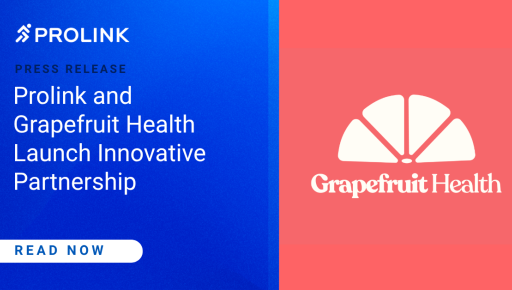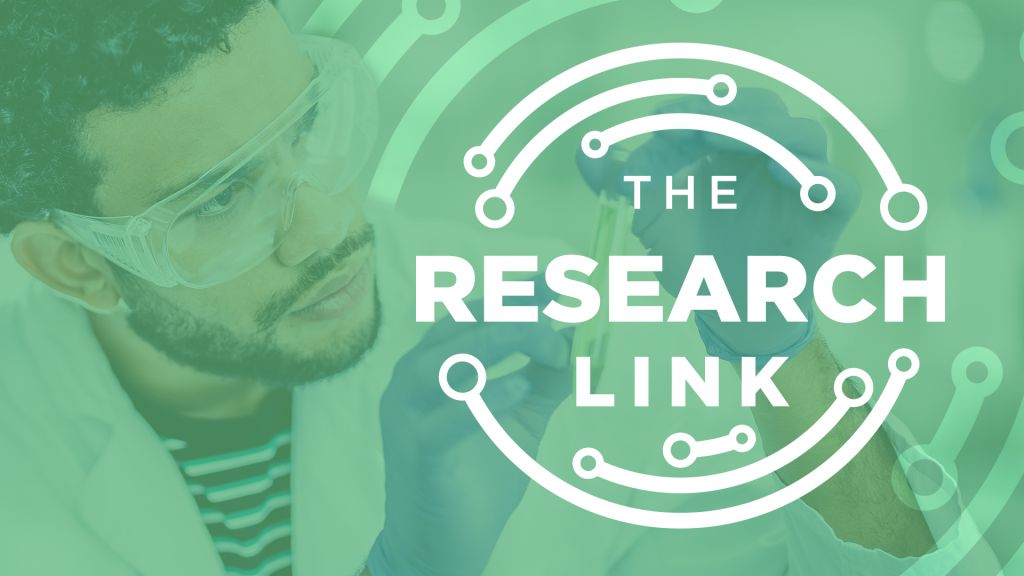Since discovery of HIV/AIDS in the late 1970s, there has been substantial evolution in our ability to identify, treat, and prevent the disease. At the onset of the current HIV/AIDS epidemic, cases of the disease had been reported across 5 countries (Avert.org, History of HIV and AIDS Overview). Researchers worldwide worked diligently to find the best early detection methods to understand the extent of the epidemic and initiate research tailored toward treatment, access to treatment, and most recently, prevention of the disease in vulnerable populations. Over the past 30 years, significant strides have been made in efficacy and safety of treatments as well as in disease prevention.
The International AIDS Society held their 10th annual conference on HIV Science in July of 2019. At the end of the conference, Anne Rancourt, Communications Section Chief of the National Institute of Allergy and Infectious Diseases took time to catch up with Dr. Carl Dieffenbach, the Director of the Division of AIDS at the National Institute of Allergy and Infectious Disease, in an interview posted to the HIV.gov Facebook page. During the interview, they discussed the significant findings and advancements in treatment, the prevention of the disease in current years and its impact moving forward. Dr. Dieffenbach explained that treatment options are constantly evolving – with a goal of decreasing the frequency of treatment, ranging from the dosages needed to the combination of medications prescribed. He spoke to the fact that through research, treatment has evolved from several pills a day to a fixed-dose (often one pill/day) and touched on current research into possible administration of long-term, injectable or implantable therapies.
While these advancements are promising, gaps and barriers to disease prevention still exist and must be addressed, specifically in communities like those in sub-Saharan Africa. Dr. Dieffenbach discusses in length research studies like HPTN 082, ASPIRE, The Ring Study, and HOPE, which have all provided beneficial information for the future of treatment and prevention.
According to HIV.gov, studies have shown that acceptance of treatment continues to be stigmatized in these communities. Additional findings from these studies suggest that communication regarding available therapies could be more widespread and effective in the community. Similarly, methods to increase adherence to treatment plans need to be discovered and implemented in order to increase disease prevention within these populations.
As for the fixed-dose treatment, Dr. Dieffenbach examines the severe discrepancy of information regarding pharmacology for men versus women, specifically for TAF, the daily pill for treatment/prevention. The lack of data on women highlights a need for data collection on all populations affected by the disease to ensure proper access to information regarding treatments and options.
Dr. Dieffenbach explains that since major gaps in prevention are related to accessibility and adherence to care plans, research is being conducted to increase the safety and accessibility of treatment options. Understanding the gaps in prevention among women and girls in sub-Saharan Africa provide clarity on the impact of current HIV/AIDS research and its efficacy on decreasing incidence rates. He mentions that it is likely we will see a significant decrease in issues with adherence to care as we approach longer-term treatment options and as research on a global vaccine for HIV called MOSAICO continues.
As a society we have made remarkable advancements in treatment and prevention, but as Dr. Dieffenbach makes clear, there is still significant work to be done particularly in female and vulnerable populations. Increasing HIV/AIDS awareness, education and advocacy for prevention and treatment should continue to be a top priority as the research community continues to advance universally accessible therapies.
Above all, it is critical understand that the most important advancements in HIV/AIDS treatment and prevention are those that reach our most vulnerable populations.
Click here to view the full interview with Dr. Dieffenbach.









